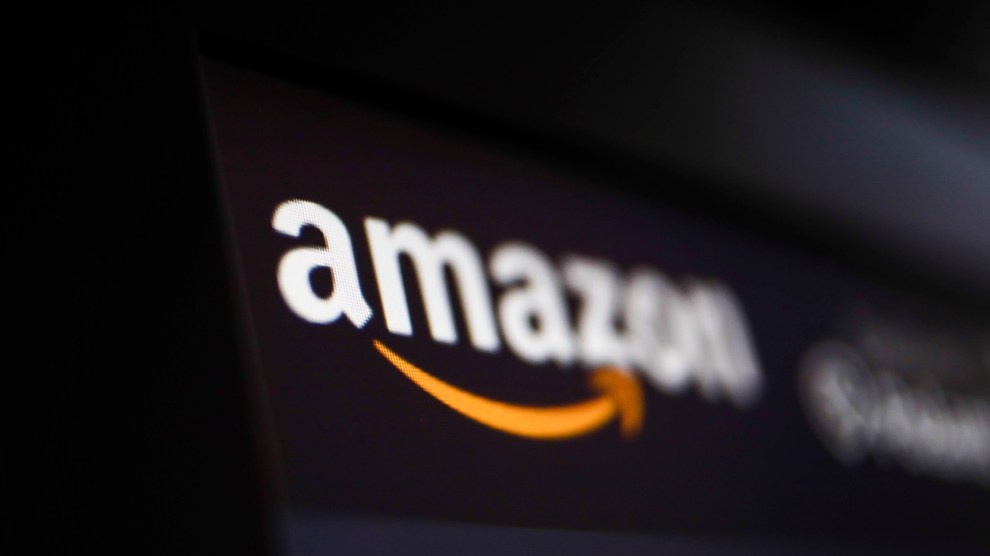
Amazon logo displayed on a laptop screen is seen in this illustration photo taken in Krakow, Poland on January 7, 2022. (Photo by Jakub Porzycki/NurPhoto via AP)Jakub Porzycki/AP Images
Amazon is reducing its Covid-19 paid leave policy to seven sick days instead of the 10 workers had previously received, regardless of vaccination status.
The company said that its decision follows changed Center for Disease Control and Prevention (CDC) guidance that shortened the recommended isolation period for those infected with Covid from 10 to five days, at the end of December.
“Throughout the past two years, we have consistently based our response to the evolving COVID-19 pandemic on guidance from the Centers for Disease Control and Prevention (CDC) and the advice of our own medical experts,” the company said in an announcement.
The policy change will almost certainly unequally affect Amazon’s warehouse workers, who already can’t take advantage of the sweeping remote work policy Amazon announced in October for its corporate, white-collar staff. Warehouse staff are also often reportedly pressured to not use vacation days and have told publications including Business Insider that they already feel failed by the company’s previous sick leave policy.
Walmart announced on Thursday that it, too, was reducing its Covid sick leave from two weeks to one. The two companies are the largest private employers in the United States.
Their decisions come amid a massive surge in Covid cases across the United States, spurred by the highly-contagious Omicron variant of the virus. According to an analysis by The New York Times, the country has averaged around 600,000 new cases a day for the past week.













